
Science has led to countless advancements in medicine and healthcare – from heart transplants to insulin treatments. Yet on the other side of the coin, there’s pseudoscience. Often written off as quackery, the forms of therapy that fall under this umbrella borrow the clothes of scientific treatments, complete with complicated machines, buzzwords and references to impressive-sounding forces like electromagnetic fields.
Often, these alternative, pseudoscientific therapy types are rooted in new age ideas or at least a lack of scientific understanding – and in the worst cases, they’re simply scams designed to exploit the gullible or desperate.
Read on for 10 of the weirdest forms of pseudoscientific therapy. And remember: as comedian Tim Minchin said, “You know what they call alternative medicine that’s been proved to work? Medicine.”
10. Magnet Therapy
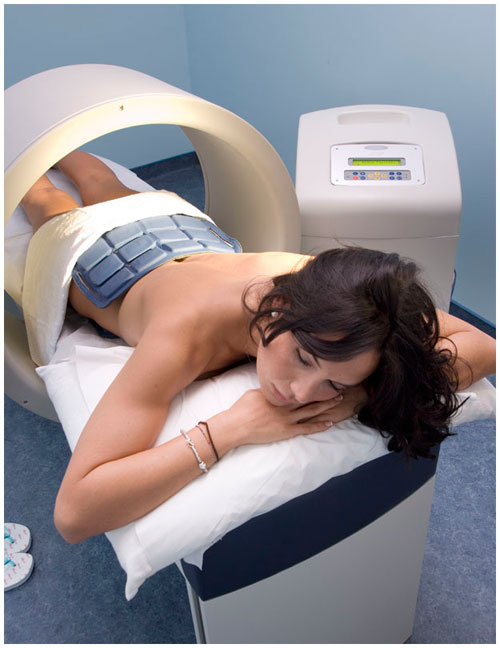
Magnets have long been reputed to hold special healing powers – whether by influencing the body’s energy and electromagnetic fields or by stimulating nerve endings. The use of static magnetic fields to treat illnesses dates back to at least the 18th century, when Austrian physician Franz Mesmer plagiarized the work of an astronomer and priest named Maximilian Hell, who treated patients with a steel magnetic plate. And while Mesmer himself later refined his theory into “animal magnetism” and stopped using actual magnets, the practice continued.
Modern advocates have suggested that magnets can be used to treat everything from lower back pain to breast cancer. Methods of treatment range from the use of small patches stuck to acupressure points, to harnesses containing as many as a dozen magnets. Enterprising salesmen have also created jewellery items (such as bracelets and earrings) that incorporate “medicinal” magnets.
9. Crystal Healing
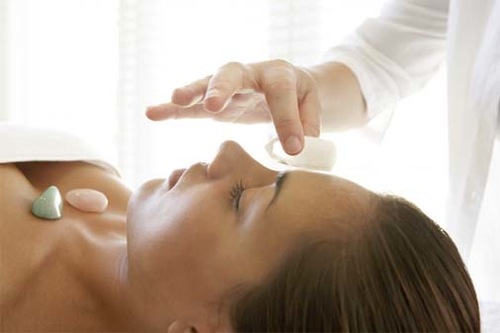
Crystal healing involves a pseudoscientific belief based on the idea that certain types of stones and crystals can have a positive effect on the body. The practice seems to have appeared in a number of different cultures throughout history, including those of the Hopi Native Americans and Hawaii islanders.
In some cases, the crystals are placed on the body at chakra points in order to create an “energy grid” that promotes healing. Common crystals used in the process are amazonite (which is supposed to strengthen the body and the mind), amethyst (which allegedly sorts out the endocrine system and metabolism), and quartz (which, depending on the type, has a variety of different effects).
Advocates of crystal healing have created – and sell – what they call “bioelectric shields,” taking the form of pendants, which protect the owner from harmful forces such as the radiation produced by computers and microwaves.
However, there’s no credible scientific evidence that crystal healing can have an effect on the body. Moreover, the practice has been discouraged by organizations like the British Veterinary Association, which warns pet owners that using crystal therapy instead of conventional treatments could have harmful effects on the animals.
8. Conversion Therapy (a.k.a. Reparative Therapy)

Conversion therapy centers around the belief that therapy or treatment can alter an individual’s sexual orientation from gay to straight. In its modern form, conversion therapy descends from Sigmund Freud’s theory that gay individuals can change their sexuality through hypnotic suggestion.
Right-wing religious groups in the US most commonly practice this form of “treatment,” which has been branded an effort to “pray the gay away.” Methods, meanwhile, range from “holding” therapy – involving non-sexual touching – to psychoanalytic approaches and “ex-gay” camps.
Conversion therapy is arguably one of the most harmful forms of pseudoscientific “cures” because it’s based on denying patients their natural sexual orientation. Many people who have been subjected to this form of therapy report feelings of intense self-loathing and low self-esteem as a result of their treatment. And many have gone on to come out of the closet in later life anyway.
7. Bates Method
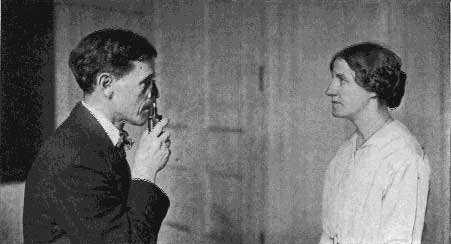
This dubious method of improving eyesight can be traced back to American eye-care physician William Horatio Bates. In the 1920s, Bates published his own book (Perfect Sight Without Glasses) plus magazine (Better Eyesight Magazine, first printed in 1919) suggesting that habitual eye straining caused most eyesight problems and that glasses were never needed. He claimed that resting the eyes for several minutes and covering them with the hands could ease this strain and allow the eyes to truly relax. He also reckoned that exposing the eyes to direct sunlight – which can of course cause eye damage – could help.
It almost goes without saying that modern eyesight professionals endorse none of these methods as cures and that there is little evidence (beyond anecdotal accounts) they produce any improvement in vision. Nevertheless, the method has won the support of a number of prominent figures throughout history, including science-fiction writer Aldous Huxley.
Today, the Bates Association continues to promote this method of improving eyesight. And there are also various books available that purport to teach the technique. Controversial eye exercise program the “See Clearly Method” also used similar concepts.
6. Graphotherapy
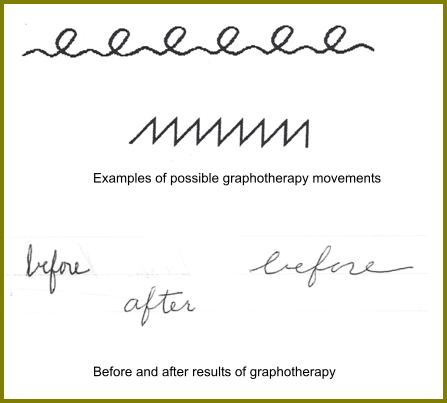
It has long been believed that information about people’s personalities can be extracted from their handwriting. Graphotherapy flips the logic of this idea around by attempting to improve people’s personalities through altering the way they write.
It might sound like science fiction, but in the real world, graphotherapists swear their approach can change one’s character traits. They use a variety of methods to analyze and, in effect, correct an individual’s personality.
For example, a large upper loop in the letter “f” (which represents organizational ability) is supposed to signify management potential. Meanwhile, a large lower loop suggests somebody who follows orders well. But is shifting the way a person writes such a symbol with calligraphy class-style exercises really going to effect change? Any evidence of such exercises curing conditions like drug addiction and anorexia is purely anecdotal.
5. Colon Cleansing
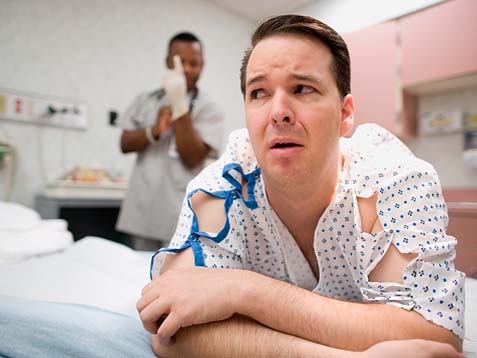
This rather disgusting sounding treatment is based around the idea that unspecified toxins can build up in the intestine as a result of rotting food. The pseudoscientific solution proffered is to purge this rotten food, either through an oral cleansing regime (such as a high-fiber diet or other food supplements) or through injecting water and sometimes herbs directly into the rectum via a tube.
Although colon cleansing has legitimate medical applications prior to a colonoscopy, in everyday life it has never been proven to provide any real benefits for the body. In point of fact, it can put the patient at risk of rectal tears and may interfere with natural electrolyte levels. Nevertheless, it’s big business among naturopaths and alternative medicine practitioners.
According to the website Skeptic’s Dictionary, one naturopath prescribes colonic cleansing for conditions like “asthma, arthritis, sinus problems, chronic fatigue and constipation.”
4. Primal Therapy
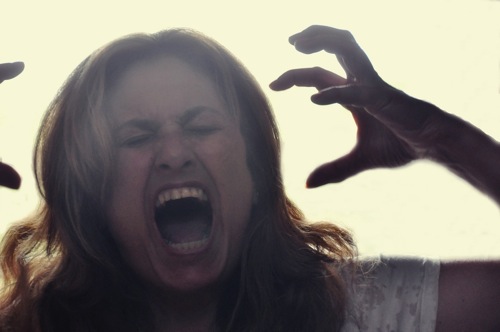
This pseudoscientific approach supposedly treats neuroses and depression by making sufferers relive their original pain. And anyone who’s heard the phrase “primal scream” can probably guess what it involves.
The therapy is based on the late 1960s/‘70s theories of American psychologist Arthur Janov. Janov believed that psychological problems in later life are caused by traumas suffered at a young age. His suggestion was that neurotics should put themselves through their experiences again as adults in order to get back in touch with their feelings – and thus, according to website Natural Health, “purge themselves of the pain.” They were also encouraged to scream loudly to express the pain if they felt like doing so.
Primal therapy was famously endorsed by Beatle John Lennon, who, along with Yoko Ono, was treated by Janov. In a 1970 interview with Howard Smith, Lennon commented, “Instead of penting up emotion or pain, feel it rather than putting it away for some rainy day… I think everyone’s blocked, I haven’t met anybody that isn’t a complete blockage of pain from childhood, from birth on.”
3. Radionics
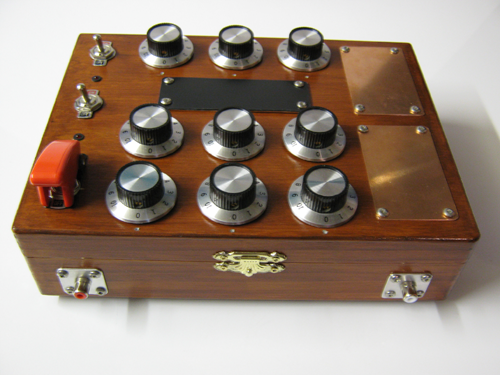
According to proponents of radionics, all it takes to heal a patient from afar is a lock of hair, a drop of blood, or a signature. This form of therapy involves the use of pseudoscientific “radionics machines” which, in some mysterious way, are capable of curing people of virtually any illness once they are properly attuned to them.
The attuning process may involve holding a pendulum over the sample and asking a series of questions. The purported healer then zeroes in on the problem according to the way the pendulum moves – and the practitioners don’t even need to meet their patients. The information gathered is then entered into the radionics machine as a numbered code alongside a treatment instruction. Following this, the patient will (apparently) miraculously start to feel better. American doctor Albert Abrams created the machines in the early 1900s and made millions out of them.
The therapy bears a very strong resemblance to good old-fashioned witchcraft – specifically, healing someone by casting spells on objects somehow connected with them. Unsurprisingly, the practice is not accepted by any legitimate scientific authority.
2. Body Earthing
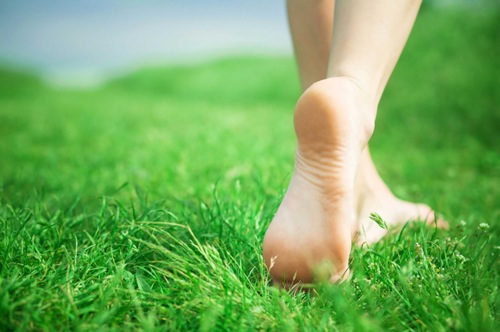
Body earthing is based on the idea that “grounding” the body electrically can relieve stress and allay sleep disturbances. This is commonly done using a grounding mat, or simply through the patient walking around barefoot.
Former cable TV executive Clinton Ober first developed the technique in the 1990s. Ober supposedly got the idea from the poor performance of his ungrounded electronic instruments. He mused that if the human body worked the same way, it might also benefit from being grounded. Ober also found that sleeping while “grounded” helped both his sleep and his health and so recommended the process to others.
This form of therapy is associated with the common pseudoscientific notion that the human body has a natural “energy field” that must be kept in balance in order to achieve perfect health. It also claims to make people more resistant to the effects of static electricity and local electric fields.
However, many of the solutions earthing claims to offer may well be attributable to the placebo effect. And after all, walking barefoot through the grass is likely to make you feel less stressed in any case.
1. Psychic Surgery
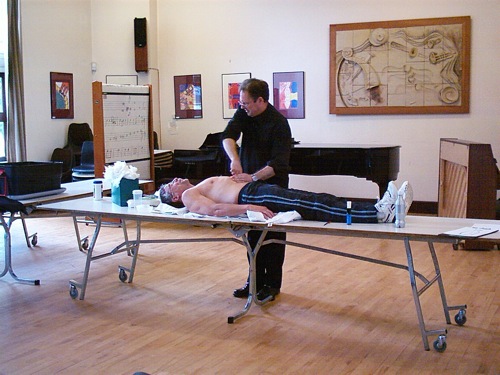
When it comes to bizarre pseudoscientific forms of therapy, they don’t get much more extreme than psychic surgery. As its name implies, the concept involves practitioners making surgical incisions with their bare hands to remove what’s causing the problem.
The “surgeon” places their hands on the patient’s skin and then presses their fingertips on the area to be treated. Next, the practitioner’s hands disappear into the patient’s body, painlessly. And as magically as it all began, it’s over, as the psychic surgeon holds up the removed object, cleans the wound, and leaves the patient with no visible scars or marks. Quackery? You decide.
The practice can apparently be traced back to mid-20th-century spiritualists from Brazil and the Philippines. Yet whatever its origins, unsurprisingly it has been written off as a hoax and medical fraud. Doctors and skeptics describe psychic surgery as a trick. Moreover, professional magicians who have studied its procedures claim to have noticed sleight-of-hand techniques that might well be missed by the untrained eye. Damningly, in a Federal Trade Commission trial, two psychic surgeons testified that the removed matter was typically a combination of animal tissue and clotted blood.
 Follow
Follow